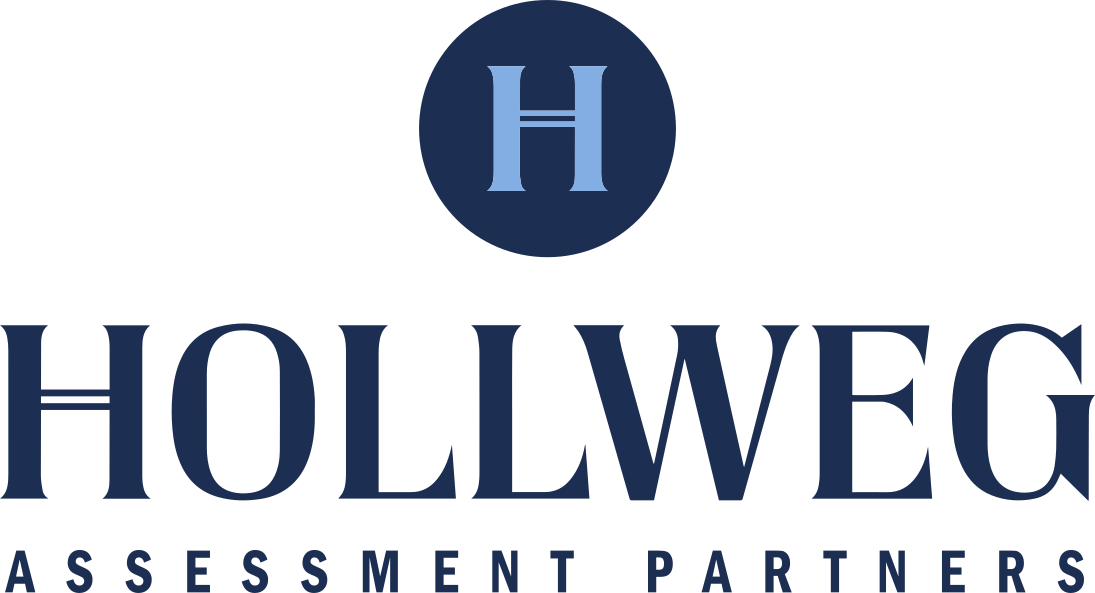Decision Making/Problem Solving
Organization
(Focus & Organization, Time Utilization, Priority Focus)
Problem Anticipation
(Planning, Long Range Thinking)
Analytical Thinking
(Detail Orientation, Detailed Analysis)
Innovative Thinking
(Creativity)
Practical Problem Solving
(Practical Thinking, Common Sense, Realistic Thinking)
People Leadership
Assertiveness
(Ability to Take Charge, Willingness to Take Charge)
Tough-Mindedness
(Conflict Management, Holding Team Accountable)
Positive People Orientation
(People Relations)
Insight
(Interpersonal Insight)
Work Style
Drive & Energy
(Action Orientation, Stamina)
Self-Reliance
(Independent Initiative, Self-Motivation, Initiative)
Process Orientation
(Need for Structure, Acceptance of Authority, Rule Orientation)
Flexibility
(Multi-Tasking, Need for Diversion)
Results Focus
(Results Orientation)
Accommodation
(Service Orientation, Team Orientation)
Personal Characteristics
Self-Discipline
(Conscientiousness, Responsibility, Restraint)
Emotional Consistency
(Capacity to Handle Pressure, Stress Tolerance, Resilience)
Objectivity of Viewpoint
(Objectivity, Criticism Tolerance)
Confidence
(Self-Assuredness, Self-Confidence)
Learning Agility
Quantitative Reasoning
(Numeric Reasoning)
Navigating the Resources
- Read the information below about the trait to develop a greater understanding of your strength/opportunity.
- Consider the Stop, Start, Continue examples to create your own actionable change behaviors.
- Explore the trait more fully by taking advantage of the weblinks below.
Organization
(Focus & Organization, Time Utilization, Priority Focus)
Organization measures the degree to which you are able to focus and structure work responsibilities, set priorities and follow through on your commitments. The resources will provide you with information about organization in the workplace and the impact it may have on your success.
Strength
Higher levels of organization may allow you to effectively plan your day-to-day tasks.
Opportunity
Lower levels of organization may make it challenging for you to accomplish your daily goals.
Excess
Excessive levels of organization may lead you to have a rigid work style or very narrow work focus.
Identify an opportunity area that you would like to change. Then, develop behaviors that you can Stop (unhelpful or limiting behaviors), Start (behaviors that you can begin now), and Continue (behaviors that you already do well) to improve in this area. Use the examples below to help create your own Stop, Start, and Continue behaviors.
| Stop | Start | Continue |
| Allowing the day to go by without having a clear idea of all priorities. | Spending 10 minutes at the beginning of each day planning your priorities. | Using an online calendar to set up your meetings. |
| Ending the day with a number of priorities and tasks unfinished. | Wrapping-up each day by noting the priorities and tasks that were not met and cleaning up your list for the next day. | Looking ahead to the future when planning. |
| Allowing assignments to slip because they slowly fell out of focus. | Keeping a running list of key priorities and project tasks for which you are responsible. | Choosing simple solutions to your organizing problems. |
Organization Weblinks for Development:
14 Habits From Organized People That We ALL Should Borrow
Which Approach Will Help You Get Organized?
Seven Habits Of Organized People
Organization Leadership Weblinks for Development:
4 Ways the Most Organized Leaders Stay on Track
How to Become a Highly Organized Manager: The Best Time Management Tips
